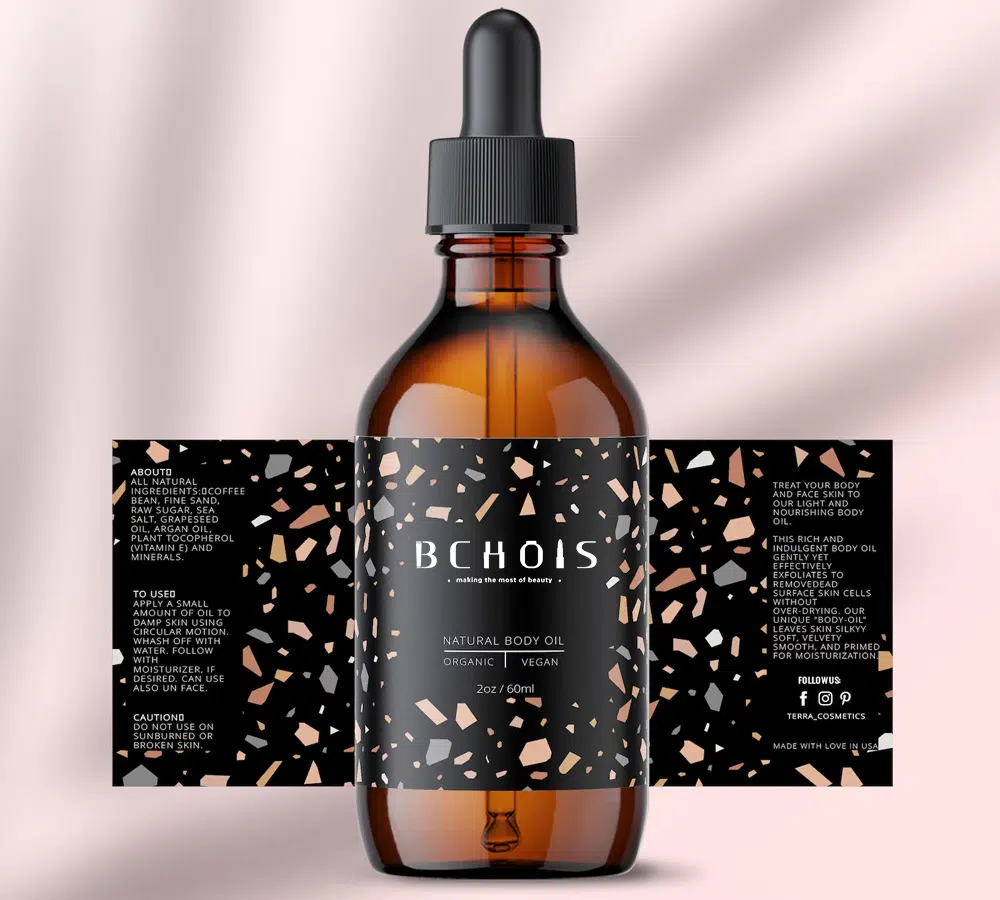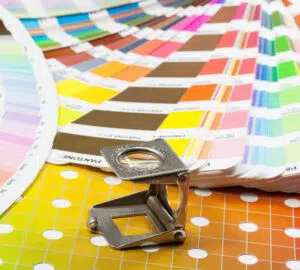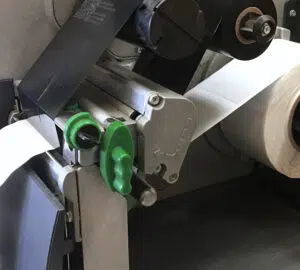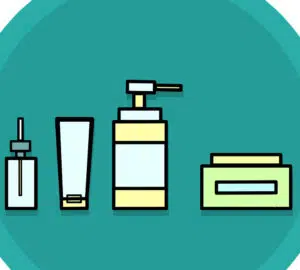
High-Quality Packaging Can Become The Internal Driving Force For A Brand To Break Through.
Packaging is the first “facade” of brand products. Excellent packaging can quickly catch consumers’ attention, empower brand upgrades, and form unique competitiveness.
According to estimated data from China Research Network, China’s beauty packaging market is currently about 8.67 billion yuan, and will continue to maintain a high growth rate reaching tens of billions in the future. The global cosmetics packaging market size is expected to grow to approximately 384.95 billion yuan by 2025, with a compound annual growth rate of 4.03%. From this point of view, China, as the world’s second-largest beauty market, still has broad development prospects in its beauty packaging track.
How To Do A Better Job In Packaging Development And Control?
Brand building is a long-term process, and packaging, as an important part of brand building, needs to meet the long-term development requirements of the brand during the development process. Before product packaging development, every brand and packaging material company must clarify its processes and details, control every step, and avoid problems.
In this context, Shangjian said that the development process generally includes six modules: proposal stage, project establishment stage, proofing and evaluation stage, order preparation, mass production, and review and optimization. The first process includes proposals for public and private models, which require development innovation and feasibility analysis. Feasibility analysis requires a comprehensive analysis of materials and formulas, design and production implementation, product transfer, consumption experience scenarios, costs and regulations, etc.
In the stage of packaging material proofing and evaluation and filing, the brand needs to conduct two evaluation stages preliminary testing and screening of the inner and outer packaging materials for bare packaging, and finalized proofing and comprehensive evaluation testing on the machine. In particular, small and medium-sized enterprises must pay attention to the compliant circulation of goods. Pay attention to Conducting a regulatory review of printed matter. In addition, to simplify and shorten the project cycle, the brand can combine the product packaging materials (can be bare packaging + registration label packaging) with the confirmed material plan to carry out product inspection and registration work.
In the fifth stage of bulk production, the brand side focuses on the supervision and follow-up of the production process (quality + procurement/planning), follow-up promotion, and product promotion and marketing, including collecting detailed product endorsements and selling point information, combined with product planning plans, and conducting sales Personnel pre-sales training and marketing plan implementation (media & experts & channels); OEM/ODM focuses on order execution, quality control, process inventory inspection, and optimization.
How To Control Packaging Materials During The Development Of Cosmetics?
6 key points that need to pay more attention to when we develop cosmetic packaging. Brand image, packaging practicality and functionality, safety and compliance, environmental protection and sustainability, innovation and attraction, and cost control. Safety compliance requires that packaging materials and designs comply with relevant regulatory standards, ensure the safety and harmlessness of products and consumers, and be able to meet regulatory packaging requirements, such as claims, capacity, materials, etc.
When developing product packaging, brand owners and manufacturers must avoid problems such as packaging leakage, damage, insufficient capacity, printing quality, material selection, and unreasonable packaging design.
Innovation In Label Printing
As consumer demands continue to advance, consumer requirements for product packaging have also expanded from safety and durability to individuality, good-looking, and exquisiteness. At the same time, brands also hope to customize unique label styles and materials based on their needs and brand image to highlight the personality and differentiation of their products. In this context, it is particularly important to innovate label printing in product packaging so that it can not only highlight the brand characteristics but also meet the personalized needs of consumers.
Personalization, customization, intelligent digitization, and green environmental protection have become established trends in the future development of label printing. To meet the personalized customization needs of brands and consumers, label printing companies need to continuously improve their design capabilities, deeply understand customer needs, provide innovative design solutions, and use advanced printing technology to achieve fine, high-quality label printing to meet Customer requirements for product appearance and quality.
At the same time, label printing companies can actively introduce digital technologies, such as digital printing and automated production processes, to improve production efficiency and flexibility. In addition, enterprises can also use big data, artificial intelligence, and other technologies to collect and analyze data in production, sales, and other aspects, thereby optimizing production plans and resource allocation, and through intelligent decision-making, better understanding of market trends and enhancing competitiveness.
The Functional Requirements And Applications Of Dispensing Spray Pumps
Makeup setting spray has become a hot topic in beauty right now, and it is recommended that brands provide spray products that can set makeup and have additional skin care effects based on consumers’ needs for improving the durability of makeup. Different from smear-type setting products, makeup setting spray uses a built-in spray device to allow the product to be sprayed on the skin more carefully and comprehensively. The spray pump is one of the crucial devices of the sprayer, which plays a decisive role in the atomization effect of the spray.
A dispensing pump is a packaging accessory that converts liquid into fine drops and sprays them out. It is usually assembled from a pump body, a nozzle, and a driving machine. It is divided into three types: hand-buckle type, push type, and air tank type. It is mainly used in spraying on the face and body, makeup, beauty care, and more.
The demands of brand owners and consumers for dispensing pumps mainly focus on two points: delicate and gentle atomization effect (35° angle ultra-fine particle mist) and soft and comfortable pressing feel (pressing force <25N). The manufacturer’s basic function monitoring of the pump head includes the atomization effect (no bifurcation in the mist, no water droplets), supporting vacuum test (-0.06Mpa, no leakage in 10 minutes), discharge time ( ≦7 times), discharge rate (±10%), fatigue resistance (≧1500 times), pressing rebound speed (≦1 second), and pressing comfort (<30N). The monitoring of each process needs to be over the specified requirements.
Most manufacturing companies will face the abnormal phenomenon that the liquid in the pump head is no mist, the atomization is bifurcated, and there are water droplets in the atomization. The factors causing these phenomena are that the nozzle is not assembled in place, there is no water pressure, the nozzle hole is irregular, and the pump body is sealed and released. To address the problem of the atomization effect, we use Keyence visual equipment to 100% fully inspect and assemble it, which can prevent the occurrence of the above abnormal phenomena.
The Importance Of Final Product Design
With the rapid development of the social economy and the continuous upgrading of consumer demands, the design, functions, and packaging of beauty products are also constantly iterating. Having a product that is highly guaranteed and attractive in terms of quality, design, function, and packaging is an irreplaceable “weapon” for a company to successfully break through.
If companies want to maintain their uniqueness and competitive tension in the fiercely competitive market for a long time, they need to continuously develop new products that meet the needs of social development. This requires companies to spend more time, manpower, and material resources on the industrial design of products.
Product industrial design fully combines marking and design to reshape brand products and use the perspective of story scene opportunities and design opportunities to formulate marketing strategies and design strategies driven by story scenes.
Betterchois adheres to the corresponding relationship between MARKETING and ID (correspondence between communication and real product experience) and combine the most macro brand positioning strategy to provide design strategies and integrate them with the entire system to form a perfect closed-loop system to help customers rebrand.
In terms of design proposition and expression, we implement scalable morphological language, functional realization, and user impression based on the brand proposition, appearance, and function PI, and also adapt to integrated simplicity, portable shape, exaggerated shape, personalized color, The propositions of degradable, environmentally friendly, renewable and recyclable, and single-material recyclable express these major development trends, and based on product differentiation, different industrial designs are made for them.
For product industrial design, appearance is only one of the key aspects. What is more important is its huge design surface and the value it brings to consumers, brands, and society. Innovative industrial design is a unique mark for a brand and a moat to prevent plagiarism and low-price competition. It can also help brand products better meet market demand and increase the popularity of products in the market. At the same time, It has contributed to the industrial aesthetic design of products in society as a whole.


